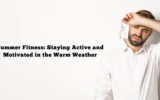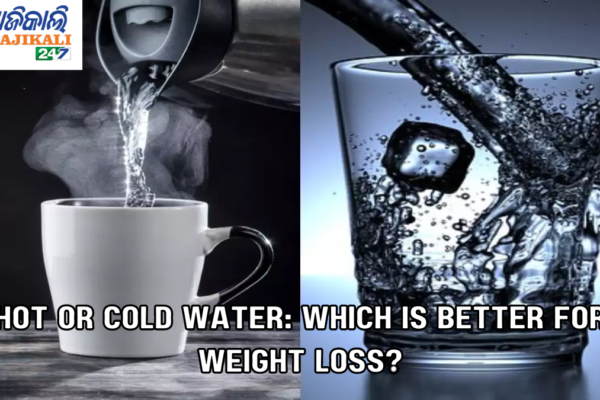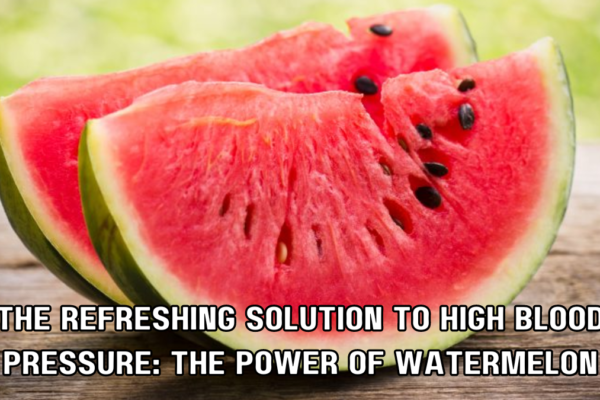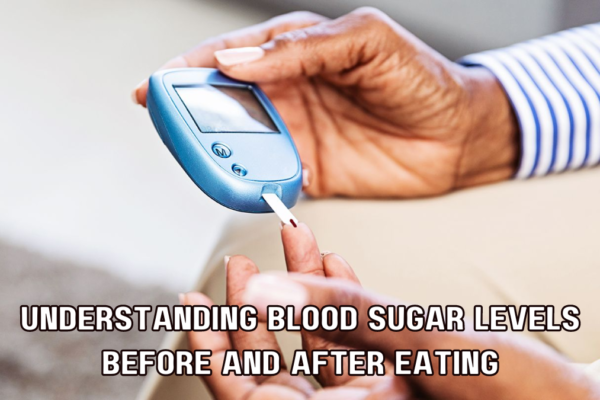Introduction: Summer is a time of outdoor activities, beach trips, and enjoying the sun. However, with the rise in temperatures, we must also be aware of the potential health risks associated with prolonged exposure to heat. One such condition is heat cramps, which can be painful and debilitating. In this blog post, we will explore what heat cramps are, their causes, symptoms, and most importantly, how to prevent them and stay safe during the hot summer months.
What are Heat Cramps?
Heat cramps are involuntary muscle contractions that occur during or after intense physical activity in hot environments. They are commonly experienced by individuals who engage in strenuous activities, such as athletes, hikers, and outdoor laborers. Heat cramps are often caused by an electrolyte imbalance, primarily due to the loss of sodium and fluids through excessive sweating.
Recognizing the Symptoms:
- Muscle Pain and Spasms:
- Heat cramps usually manifest as painful muscle spasms, particularly in the legs, arms, or abdomen.
- Cramps can range from mild twitches to severe, intense pain.
- Excessive Sweating:
- Profuse sweating is a common symptom accompanying heat cramps.
- Sweating leads to the loss of essential minerals and electrolytes, contributing to cramp development.
- Fatigue and Weakness:
- Individuals experiencing heat cramps may feel fatigued and weak due to electrolyte imbalances and dehydration.
- These symptoms can persist even after the cramps have subsided.
Causes of Heat Cramps:
- Dehydration:
- Inadequate fluid intake before, during, or after physical activity can lead to dehydration, making you more susceptible to heat cramps.
- It is crucial to stay hydrated by drinking water and electrolyte-rich beverages.
- Electrolyte Imbalance:
- Sodium, potassium, calcium, and magnesium are essential electrolytes required for proper muscle function.
- Sweating excessively without replenishing these electrolytes can disrupt their balance and trigger cramps.
- Intense Physical Activity:
- Engaging in strenuous exercise or work in hot environments increases the risk of heat cramps.
- Overexertion without adequate rest breaks can lead to muscle fatigue and cramping.
IV. Prevention and Treatment:
- Stay Hydrated:
- Drink plenty of water before, during, and after physical activity.
- Include electrolyte-rich fluids, such as sports drinks or coconut water, to replenish lost minerals.
- Dress Appropriately:
- Wear lightweight, breathable clothing that allows sweat evaporation.
- Use a wide-brimmed hat and sunscreen to protect yourself from direct sun exposure.
- Gradual Acclimatization:
- If you’re not accustomed to high temperatures or intense physical activities, gradually increase your exposure over time.
- This allows your body to adapt and reduces the risk of heat-related illnesses.
- Take Regular Breaks:
- Rest frequently, especially during peak sun hours.
- Find shade or a cool area to cool down and give your body time to recover.
- Stretch and Warm Up:
- Perform appropriate warm-up exercises before engaging in any physical activity.
- Stretching can help prevent muscle fatigue and cramping.
- Seek Shade and Cool Down:
- If you experience muscle cramps, stop the activity and find a shaded area or air-conditioned space.
- Apply cold compresses or use ice packs to reduce muscle pain and promote relaxation.
Conclusion: Heat cramps can be an unpleasant experience, but with proper precautions and awareness, they can be prevented. Stay hydrated.











